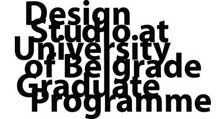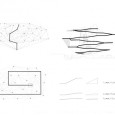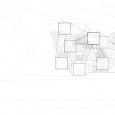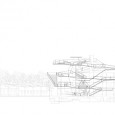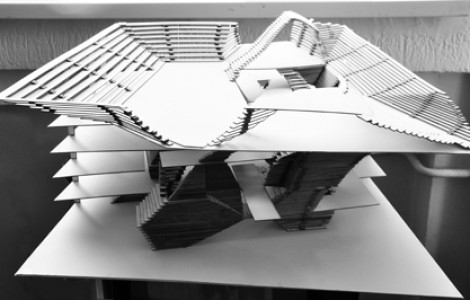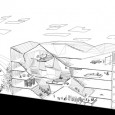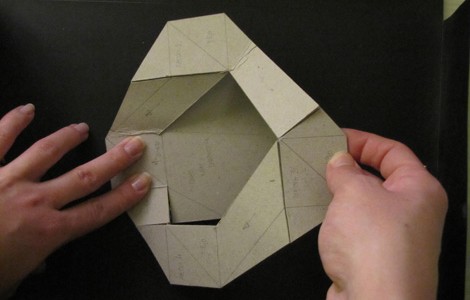Changed way of communication has led to new uses of space. The library is now transformed into an interactive space, a space for communication and socialization, thus losing the basic features of the standard library. It becomes an open, flexible space, reflecting a different relationship between people, and different attitude towards the book. A space is created where there is blending of both programmes and physical size. This was achieved by a system platforms and their connections, with each platform located at a different height, connected with the others with 3 types of stairs, which are not […]
Posts Tagged ‘Plateaus’
In contrast to museum institutions where space organisation is precisely determined in each and every segment, cultural centers are being formed throughout their use. Such concept gives everyone an equal opportunity to find their own path through the building and to develop individual scenario of use. However, not one use is isolated. Combined together, different scenarios of use form the overall image of the space. Architecture is representing a shell which is being populated and filled with activity. Accordingly, result is always unpredictable. Building consists of two segments: public space and working space for artists. The core […]
Funkcionalni i prostorni model. Prikazuje četiri glavna mesta za aktivnosti u okviru programa kulturnog centra, i tribine, rampe, stepeništa… koji su namenski postavljeni da podržavaju i upotpunjuju ta mesta. Prostor koji je povezan, protočan, vizuelno i komumikacijski neprekinut. Prostor kao celina, ili kao više odvojenih entiteta.
Functional and spatial model. Shows the four main locations for activities within the cultural center, and the stands, ramps, stairs … that are specifically set up to support and complement these places. Space that is connected, flowing, visually and communicatively continuous. Space as a whole, or as several separate entities.
